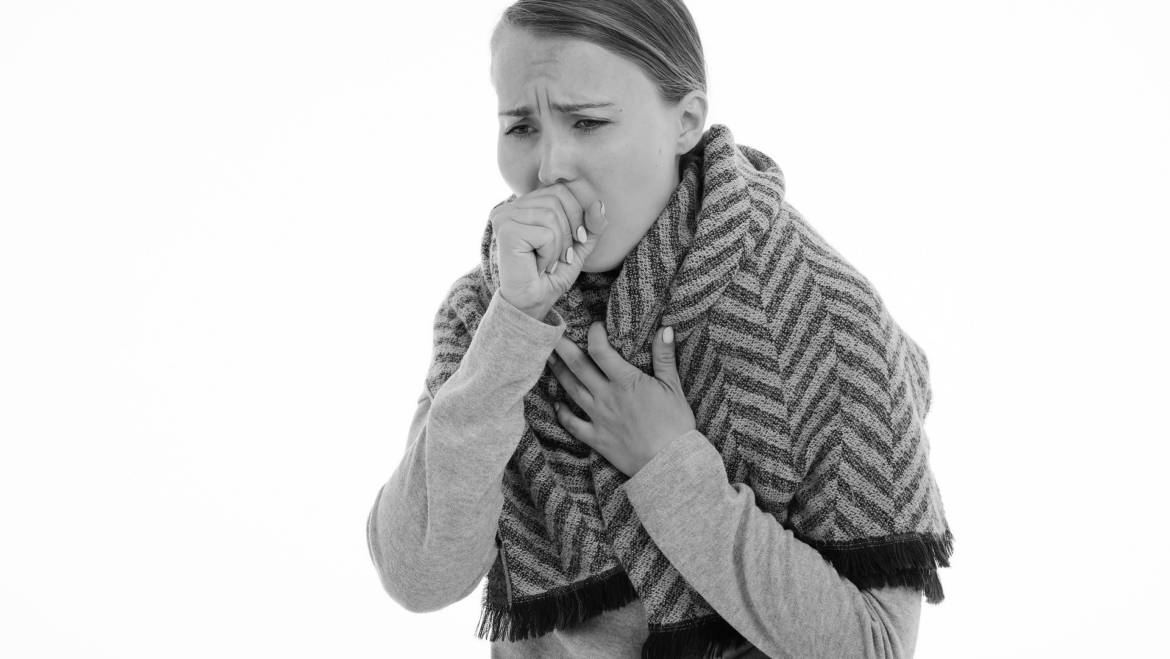(or a more tame title)
Something to Whoop at
It’s January, so what do we have to look forward to in the coming year? First, let’s consider something old that’s becoming new again. No, I’m not referring to polyester pants, Wayne. I’m talking about “whooping cough.”
For most of us, this disease has been relegated to the dusty bin of medical history, along with small pox, polio, and scurvy. But not so fast. Whooping cough (the technical name is Pertussis), is making a comeback. And if you’re not very familiar with it, don’t feel too bad. My spell-checker didn’t recognize it either.
Whooping cough has been around for a long time, but largely suppressed thanks to the effectiveness of a commonly administered vaccine, the DPT (diphtheria, pertussis, tetanus). This combination worked well, but if you’ve received a tetanus booster over the past few decades, it has only included the tetanus and diphtheria components. I suppose the infectious disease folks felt that whooping cough was no longer a significant concern.
Recently, we are beginning to learn otherwise. The disease is making a comeback, and has become a major cause of respiratory infections in the U.S., including adults and children, where it can be especially dangerous.
But what exactly is the whooping cough? The Chinese have a name for this – “the 100 day cough.” It’s caused by a bacterium which is easily spread through respiratory secretions – coughing and sneezing – and there are three distinct phases.
The first phase is marked by a mild cough that typically lasts for a couple of weeks. Interestingly, associated symptoms may be increased tearing and what might appear to be “pink-eye.”
The next phase is where we see the tell-tale “whoop.” This may last for 2-3 months, and is distinguished by frequent and severe spasms of coughing. It is these spasms that are responsible for the “whoop.” Multiple coughs lead to a vigorous inspiration or gasp, and this is what causes the “whoop,” especially in young children and infants, whose airways are smaller than adults.
And finally, the last phase consists of a persistent cough that gradually fades away.
So why is this important? Well, for a couple of reasons. First, this disease can be lethal for infants and small children. And for adults, it can be quite debilitating. The good news is that it is easily treated with common and inexpensive anti-biotics. The key here is to get started early, if you want to shorten the course of the disease. This probably won’t happen after the first week or so, but after that, treatment does eradicate the carrier state.
The critical points then about “whooping cough” are to be aware of it, to make sure your immunization stays current (ask your physician about this), and to seek medical attention for a persistent and unusual cough.


Add Comment